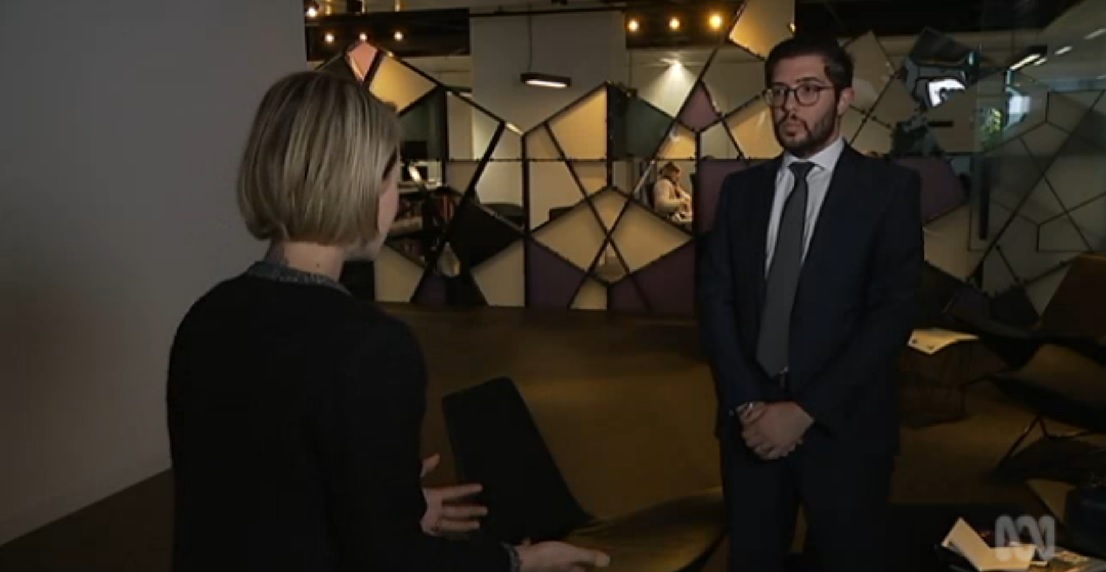“
The market's seeing where the demand levels go before that sort of further bulk investment activity occurs.
Urbis found 2015 June quarter’s figures of 9,000 planned apartments were a peak in the market.
Queensland University of Technology property economics expert Professor Chris Eves said there was an increasing glut of apartments in Brisbane and the decline in apartment development plans should have occurred 18 months ago.
He predicted some major price drops in investor-style apartments.
“In some areas of Brisbane, particularly the inner fringe suburbs and the Brisbane CBD we’re probably looking … depending on the development, 15 to 25 per cent.”
He said the slowdown in development planning for new apartments had come too late for many developers, particularly as there had been a slowdown in foreign investors settling on their purchases.
Professor Eves said there are almost 6,000 existing apartments for sale in inner Brisbane now, compared with 1,600 at the same time in 2013, which did not include those currently under construction.
“At this stage, there are a number of developers who have taken action to stop any further development. They will finish off the projects they have now, but they will not go ahead until the market oversupply has been taken up,” he said.
“They’re not selling the units that they thought they would sell off the plan and they’re having to sell their land bank — that’s their future development sites — just to complete the developments they’re undertaking now.”
The view is supported by the latest research from global banking giant Citi, which indicates there is already an apartment glut in Brisbane, particularly in the inner city.
Urbis associate director Paul Riga said he did not believe there was an oversupply of apartments in inner Brisbane, but acknowledged the sector had reached a crossroads.
“What we’ve seen is a slight decline in the level of demand, but we’ve also seen the level of supply start to regulate in line with that level of demand,” Mr Riga said.
“The market’s seeing where the demand levels go before that sort of further bulk investment activity occurs.”
He said there had been a drop in the June quarter from what was expected the previous quarter.
“Preliminary data also shows that there’s close to 1,000 apartments less than expected coming to the market in this June quarter.”

Urbis Associate Director Paul Riga (right).
Developer denies there is a problem
Brisbane developer Brendan Tutt from Tessa Group said he did not believe the industry was in trouble.
He said there had been a maturing of the market and a greater demand for better quality apartments.
“The day of being able to develop 500, 600-unit towers or even just investment stock for the sake of developing projects is over,” he said.
However, LJ Hooker inner Brisbane agent Des Besanko said rental prices were already slackening and the oversupply would continue to push prices down in some areas.
He said his clients renting out older apartments had to compete with new developments offering incentives like a month rent-free or a period of free internet service.
“We’re finding anywhere from $5 to $20 a week reduction in the current rentals and that’s happened over the last 12 months,” he said.
Professor Eves said rental prices would continue to fall.
“We’re already seeing it in drops of 10 to 15 per cent in the inner city market … but what we aren’t seeing is the hidden fall in rents that’s with land owners giving rent-free periods to the tenants.
“So they’re giving the first one, two, three months rent-free. We aren’t seeing that reflected in the face rents being quoted.”

